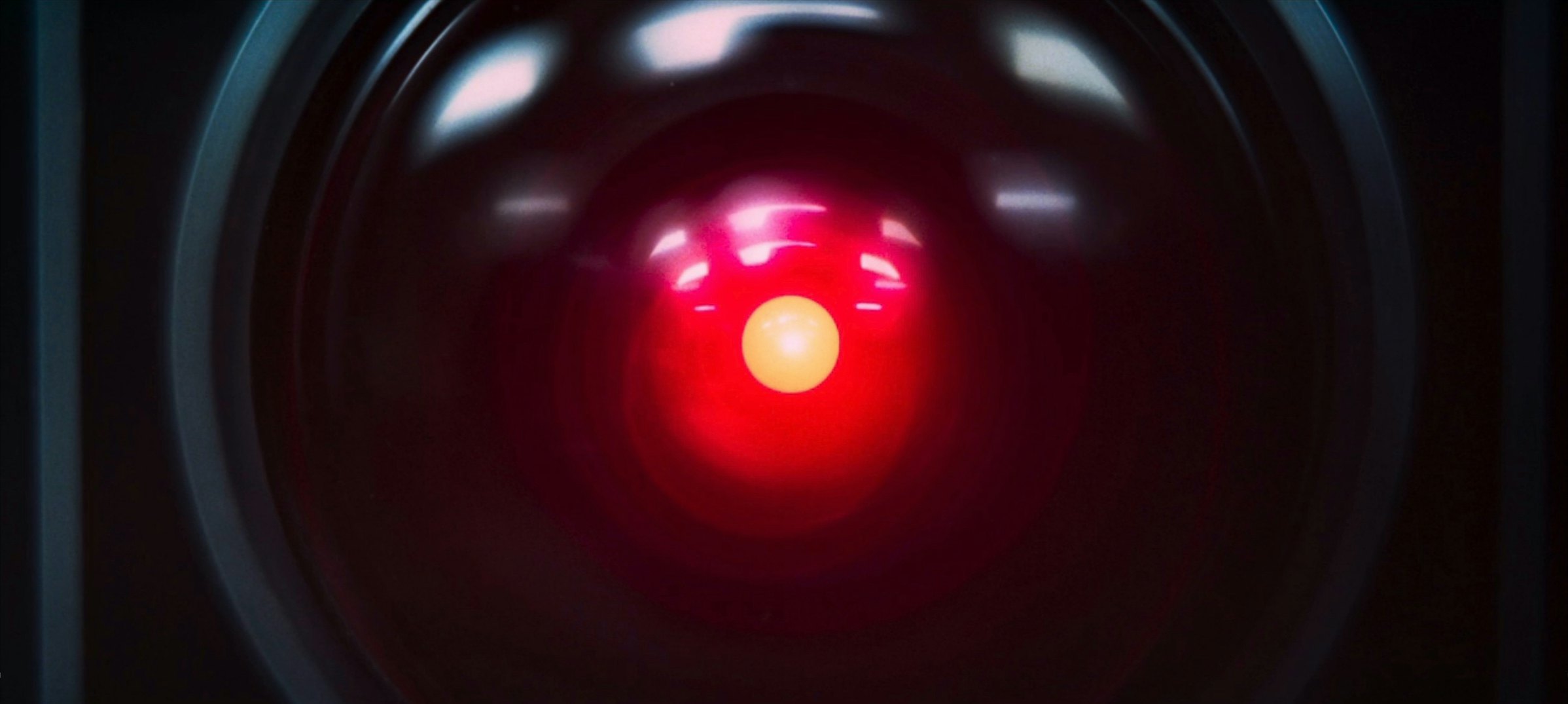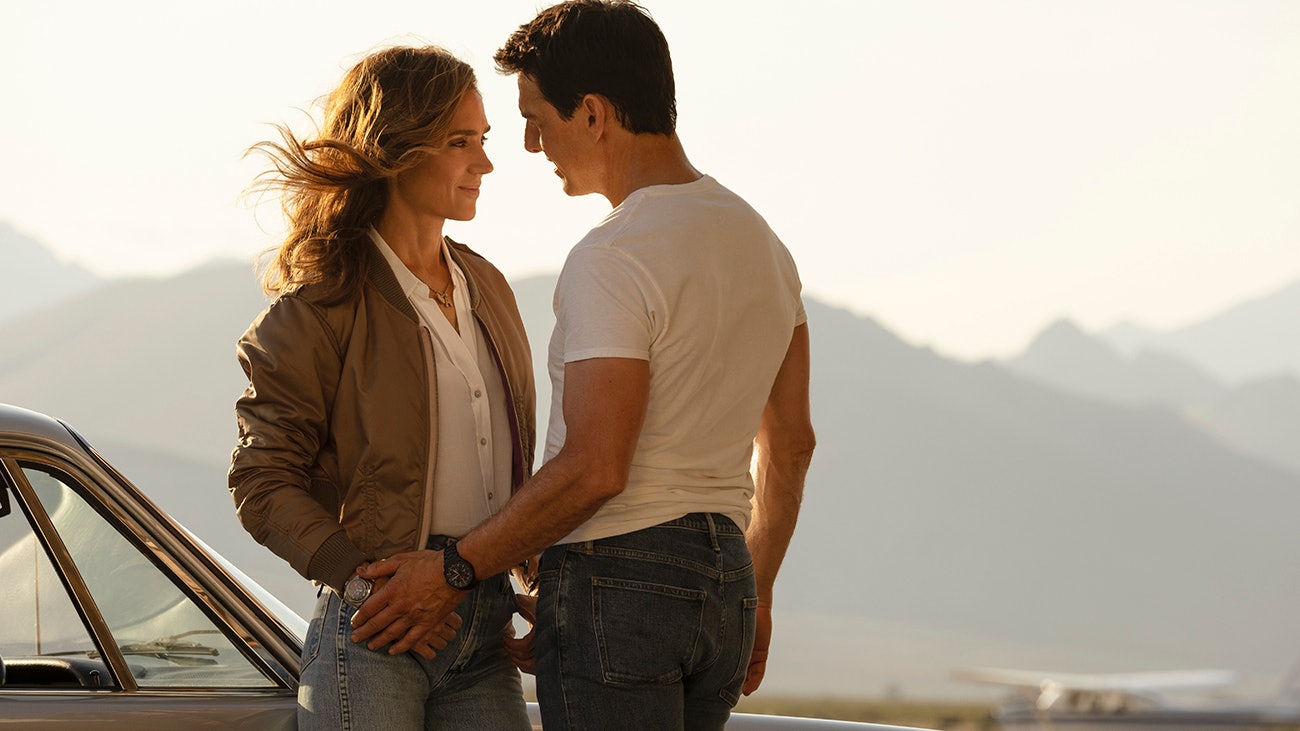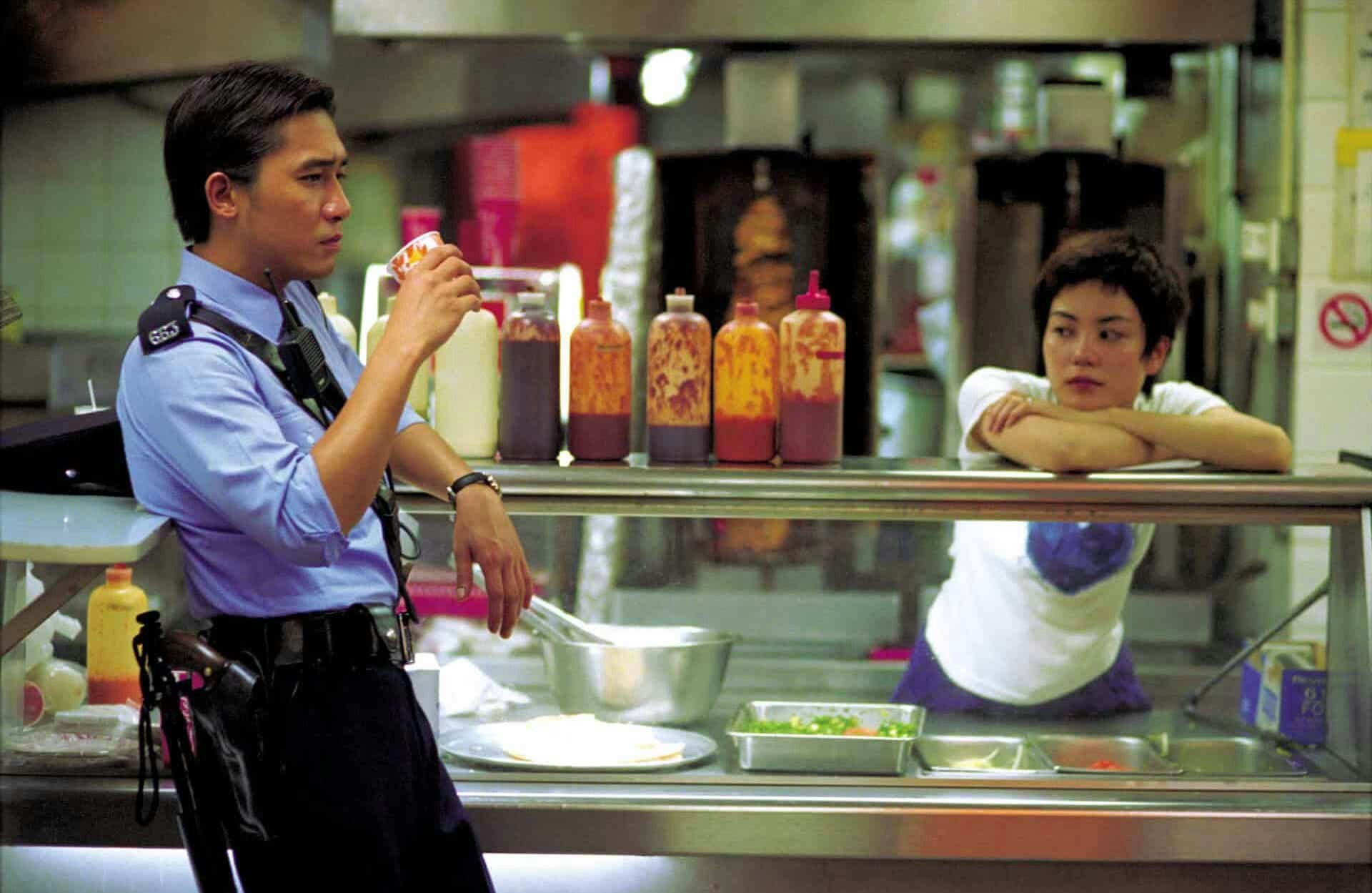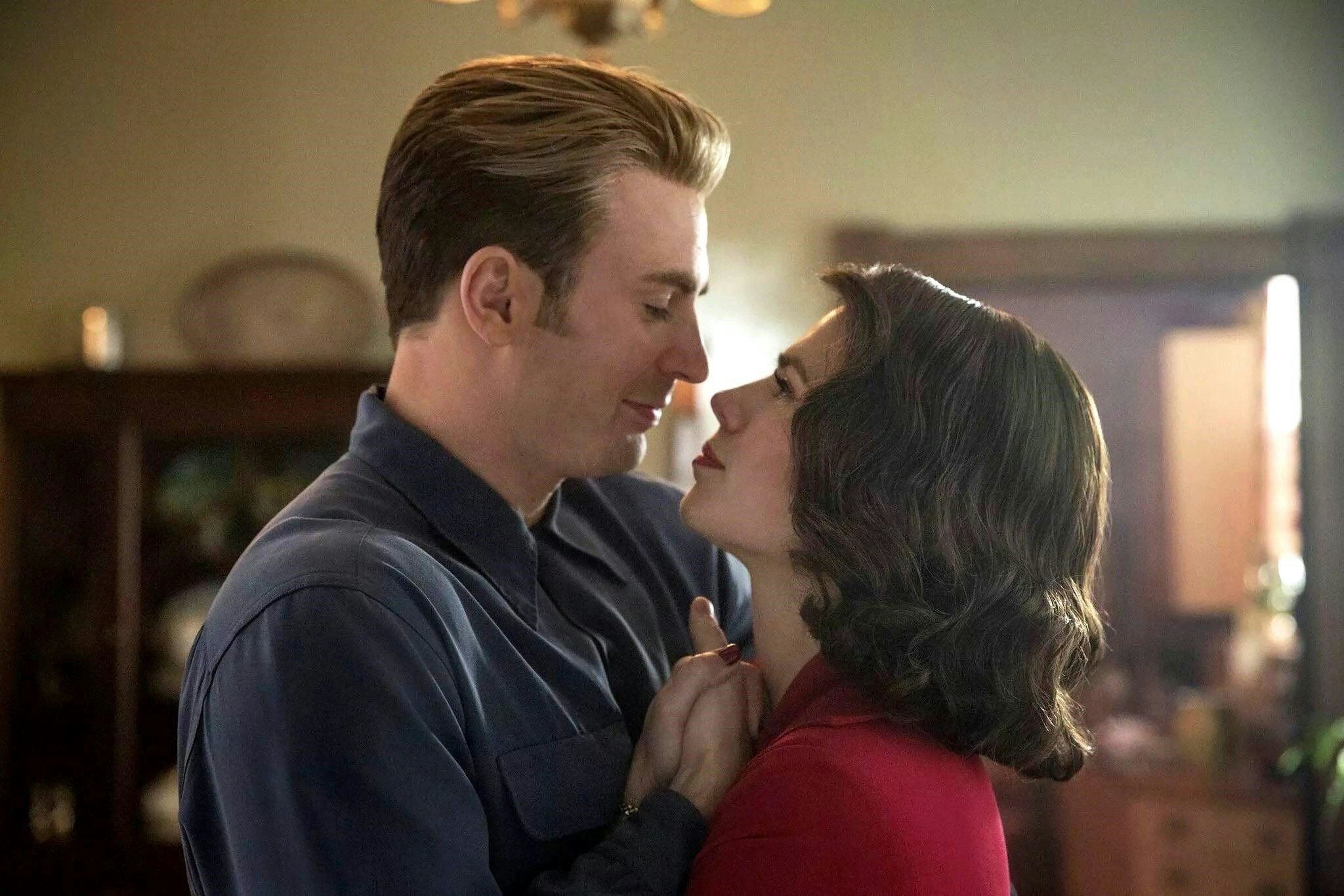
Among the many reasons Hollywood’s screenwriters went on strike this year is a growing concern over how industry executives intend to use AI systems like ChatGPT or Sudowrite to either supplement their work or outright replace them. And while most of the online responses to the strike have been positive, it’s also become easy to find statements on social media from people who claim that there wouldn’t actually be any difference in quality between AI-penned scripts and those written by humans.
On Facebook, one user responded to a post about writers’ AI concerns by asserting, “For what they are putting out, [Chat]GPT will do the job just fine or better.” The comment itself is emblematic of a growing conversation around whether AI will evolve to the point that it can write “good” scripts. There are some who believe it’s only a matter of time before AI can produce screenplays and books that are just as “good” as those made by humans. That word — “good” — comes up a lot in these conversations. So does “better.”
Right now, it’s pointless to argue about whether ChatGPT will ever be able to write something better than the clunky scripts and jokes it currently produces when prompted. In all likelihood, it probably will. But it’s not the quality of AI-created material that’s important — at least, not when it comes to art.
What Constitutes “Good” Art?

Hollywood loves its algorithms. In recent years, the industry has adopted an algorithm-driven method of curation and selection. (Certain shows have even gone out of their way to satirize it.) This algorithm-based thinking has infected so much of the so-called critical thought surrounding movies and TV. Everywhere you look, there seem to be more “experts” popping up who insist that there are formulas that every writer should follow in order to tell a good story.
There’s that word again. Good. What even is a “good” story? Is it one that follows a formula to a tee? One that hits every dramatic beat laid out in books like Save the Cat? There are plenty of great movies and TV shows that, on the surface, are not only technically and structurally classical but also flawless. Films like Jaws, Rear Window, and Top Gun: Maverick come to mind. But is it their technical flawlessness that actually makes these films memorable?
What AI Lacks

When you google the definition of art, the first thing that appears states that it is “the expression or application of human creative skill and imagination.” With that in mind, I’d argue that it’s not just the technical precision of Top Gun: Maverick and Jaws that makes them so good. There have, after all, been plenty of “perfect” movies that, nonetheless, have fallen flat. That’s because a technically perfect movie can still make as much of an impact as a dry rag if there’s nothing emotionally real contained within it.
And that’s what makes movies like Top Gun: Maverick great. It’s the human resiliency on display in every frame. It’s the tenderness between Maverick and Iceman in their one conversation together and the quiet heartbreak that’s present in Maverick’s voice when he tells Jennifer Connelly’s Penny about all the myriad of ways he’s let down his former wingman’s son. Neither of those scenes needs to be in Maverick. From a structural standpoint, the film’s story would be perfectly fine without them, but it’d be a far more soulless experience if they weren’t included.
And what about all the movies and TV shows that not only break certain formulas but are structureless? On paper, a film like Wong Kar-wai’s Chungking Express (a personal favorite of this writer’s) is deeply flawed. It’s dramatically repetitive and messy. But within that messiness is a romanticism that allows the film to transcend into greatness. There’s nary a person in this world who can watch its final scene without a giant smile creeping across their face.
Look even at Avengers: Endgame. In its third act, the film reaches a formulaic but undeniably rousing climax, which culminates with a note-perfect moment of self-sacrifice on the part of Robert Downey Jr.’s Tony Stark. The film could have ended moments later with an image of his friends celebrating his life. But it doesn’t. Instead, Endgame concludes with Chris Evans’ Steve Rogers traveling back in time to finally dance with the love of his life.
The biggest superhero film in the history of the world, in other words, ends on a quiet moment of human connection. Would an AI system, one designed to analyze formulas and patterns and reproduce new work from them, have the ingenuity to end such a giant film in such an unorthodox, human way?
The Human Touch

Earlier this year, a fan sent singer-songwriter Nick Cave a ChatGPT-written attempt at, well, a Nick Cave song. In response, the musician wrote, “What makes a great song great is not its close resemblance to a recognizable work. Writing a good song is not mimicry, or replication, or pastiche, it is the opposite.” It’s the innately human struggle behind every piece of art, Cave argues, that makes it resonate with those who come into contact with it.
It’s readers’ recognition of Stan Lee’s personal anxieties within Peter Parker, not just his superpowers, that makes him stand out. The same is true for every great movie, whether it be Avengers: Endgame or an intimate drama like Lost in Translation, which ripples with the feelings of alienation that Sofia Coppola once felt. It’s the artist’s vulnerability, in other words, that is what allows us to fully connect with their work.
That’s something no artificial intelligence system will ever be able to recreate. It’s too naked. Too courageous. Too messy. Too human. The question at the heart of this conversation, therefore, shouldn’t be whether or not artificial intelligence will ever be able to produce “good” art.
The question we all should be asking ourselves instead is: What is even the point of art if it’s not made by another person?







